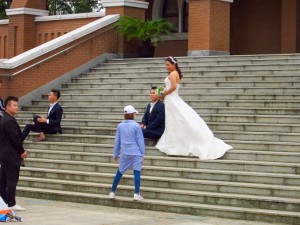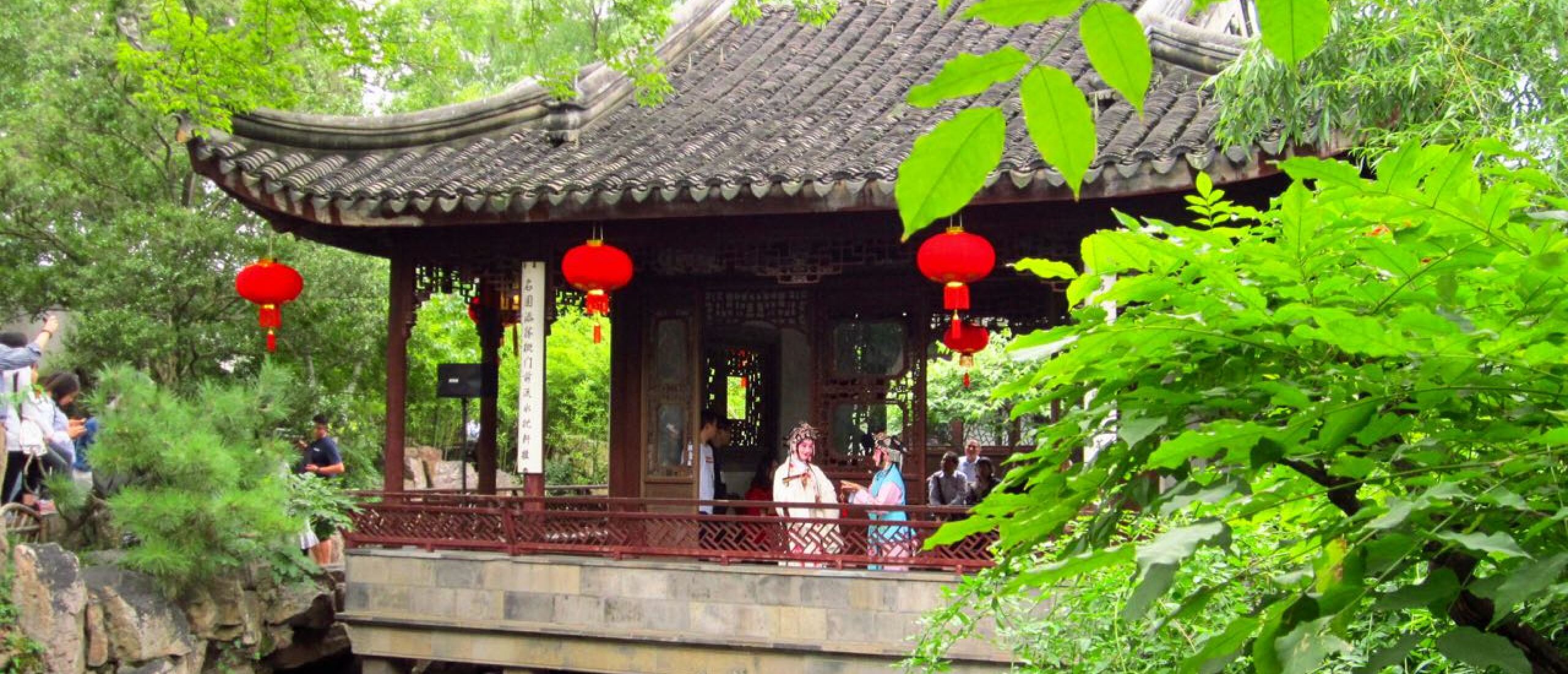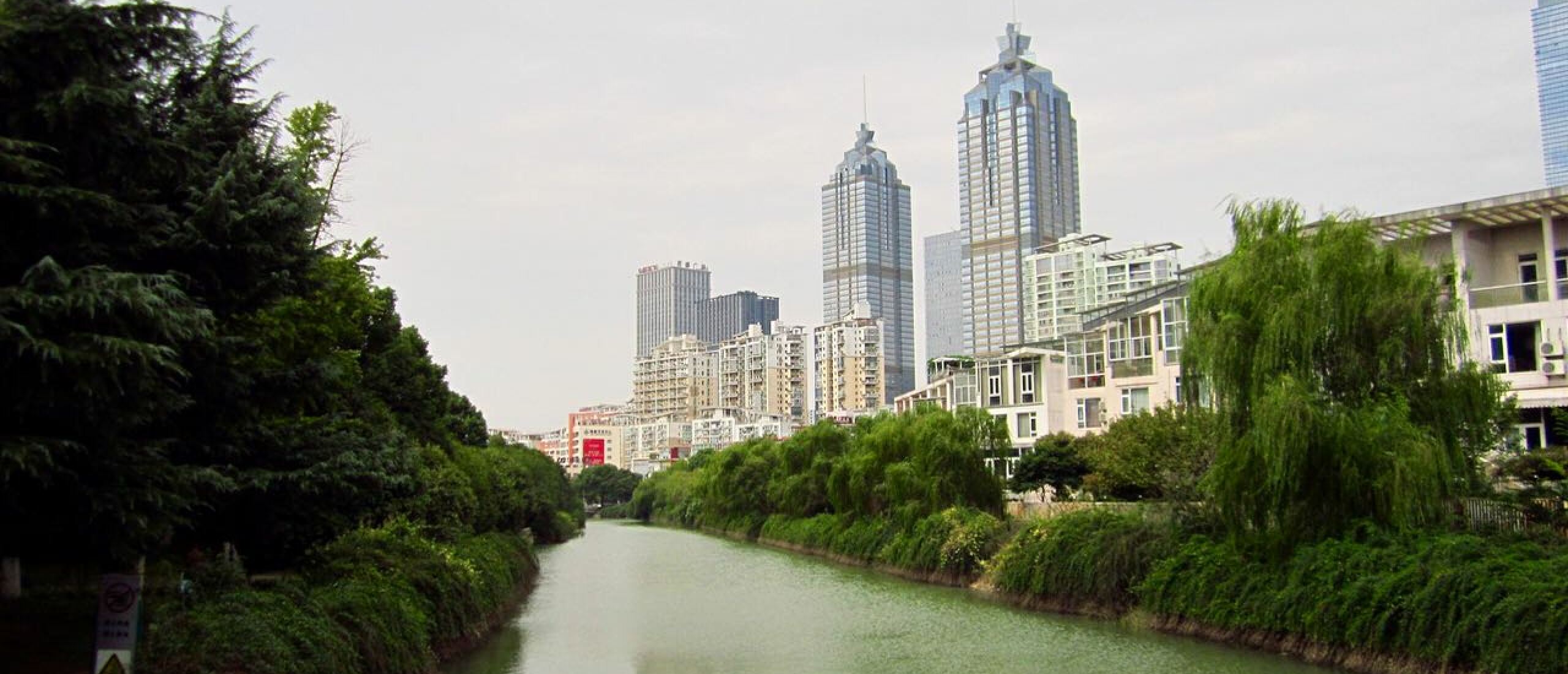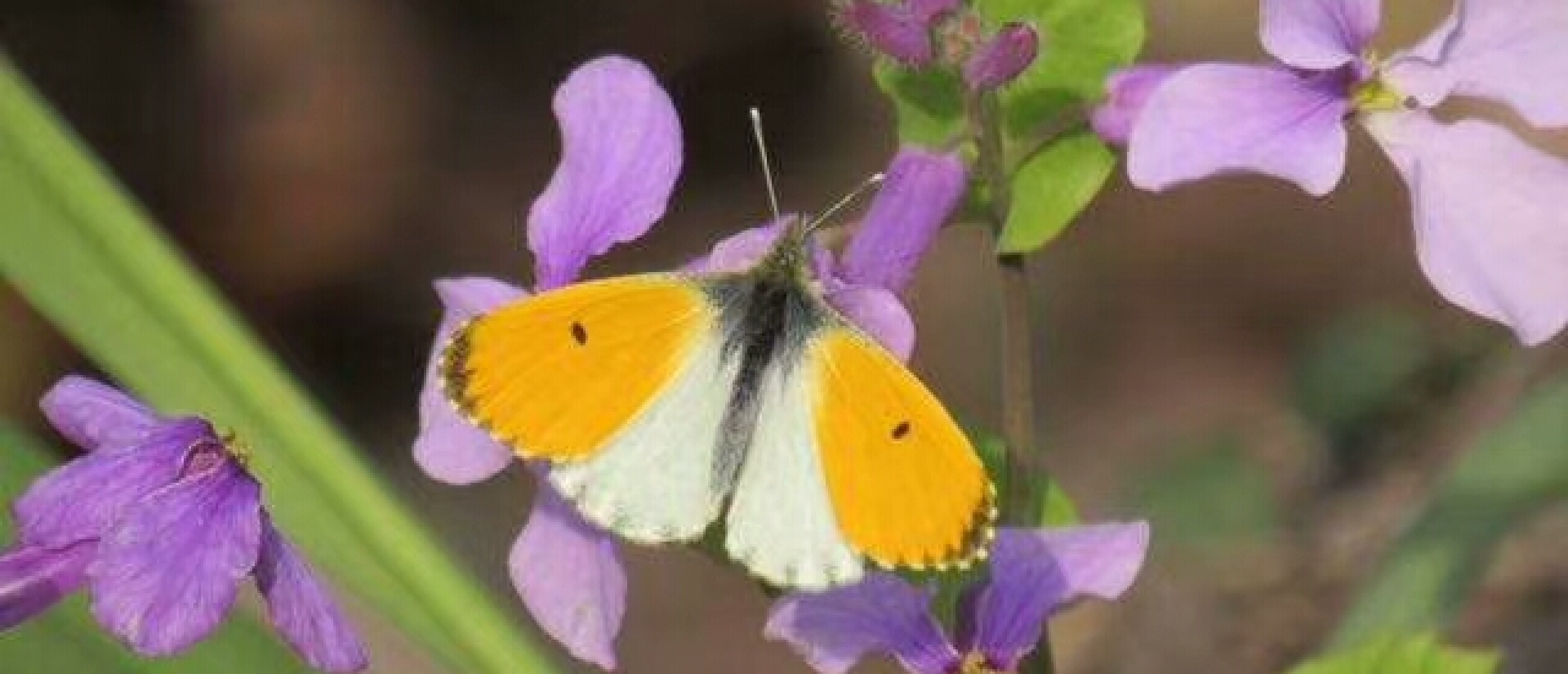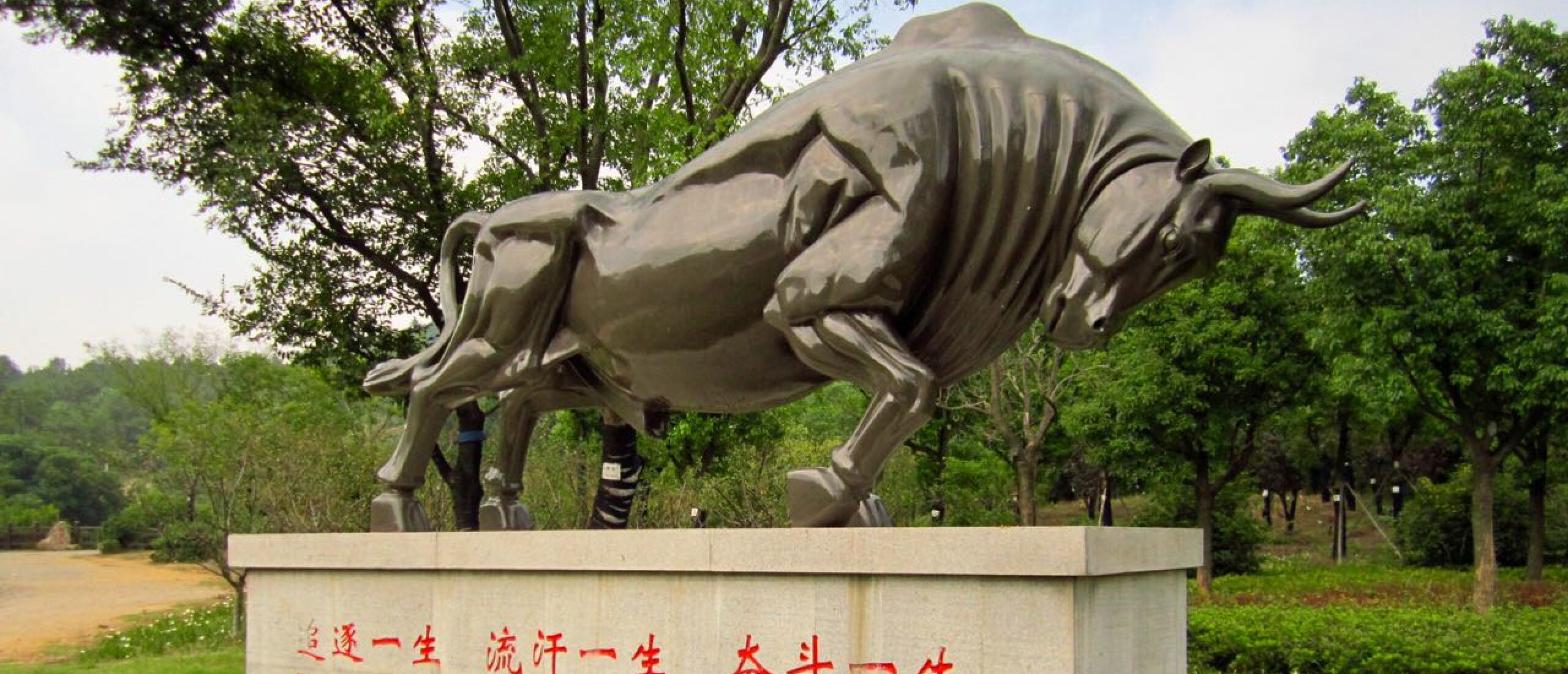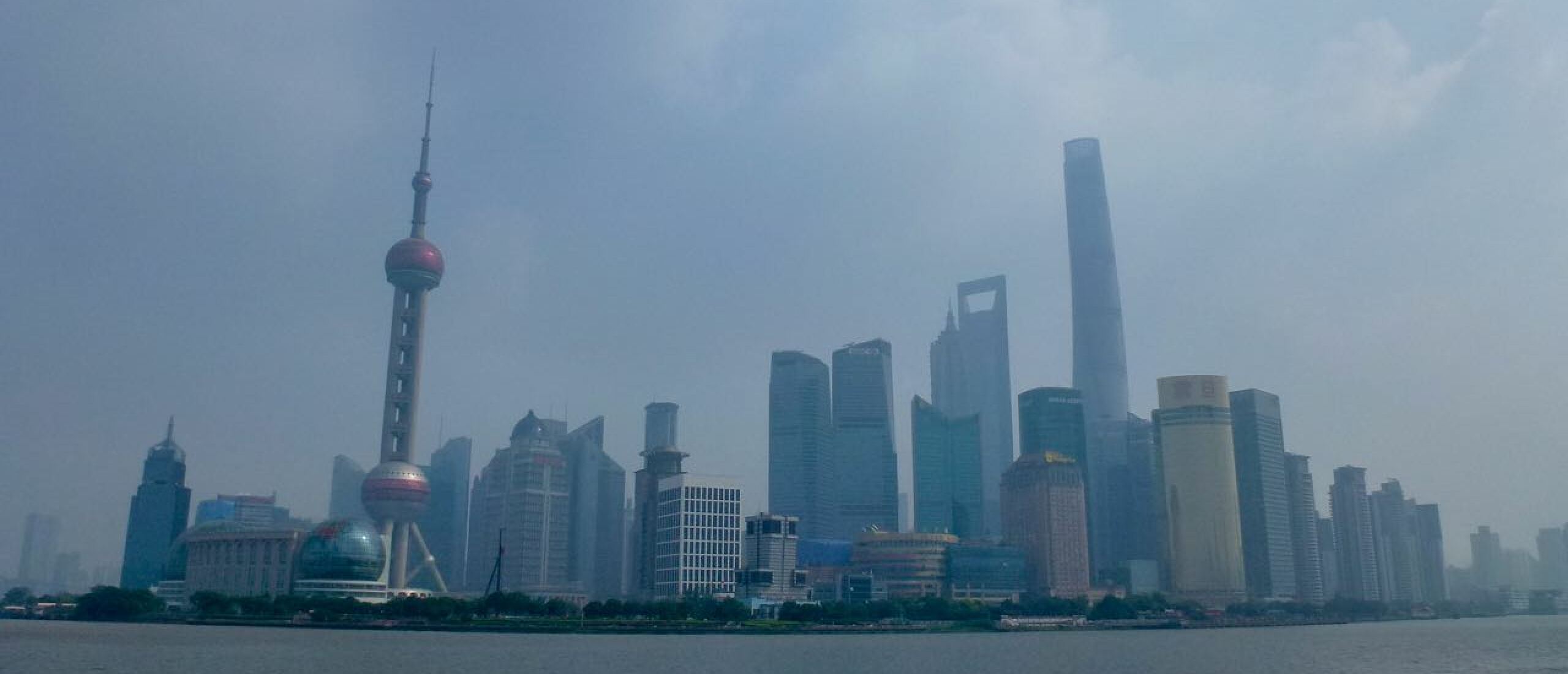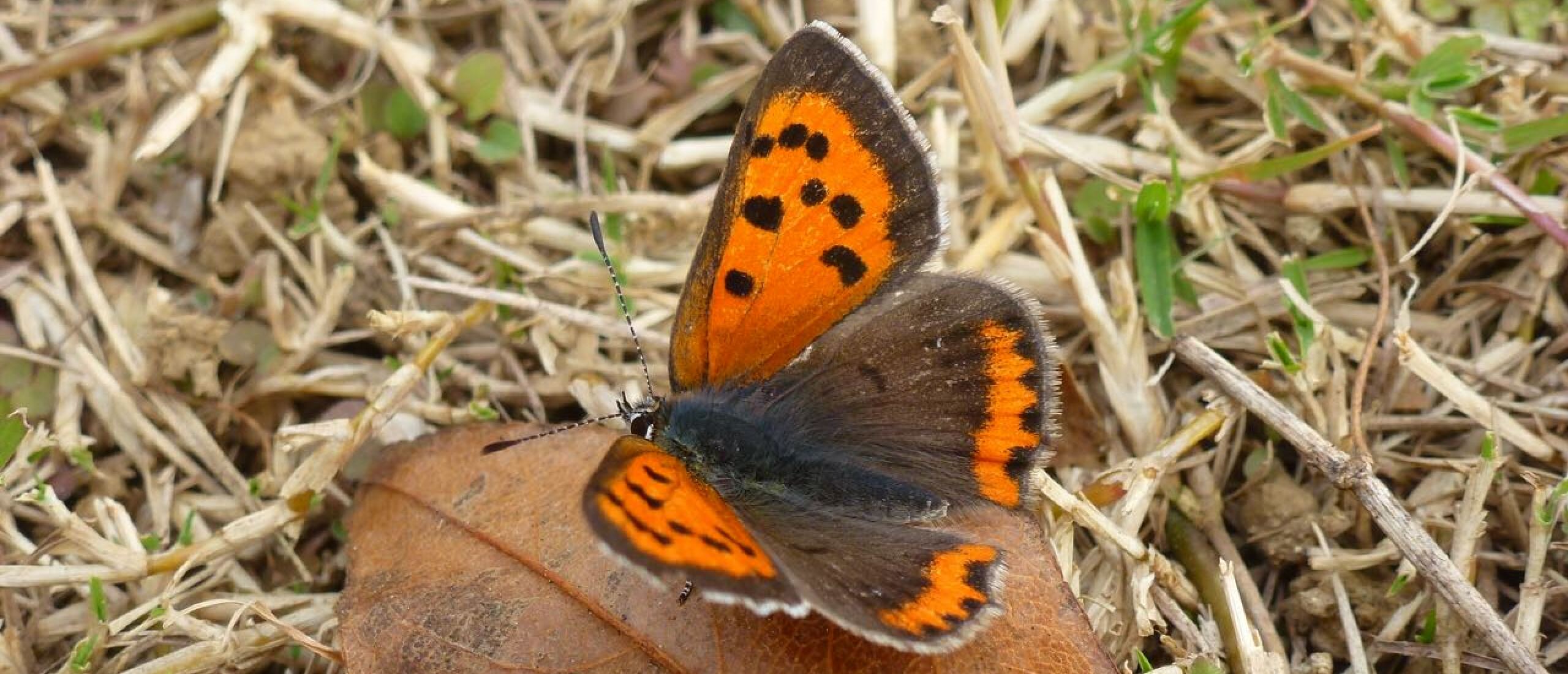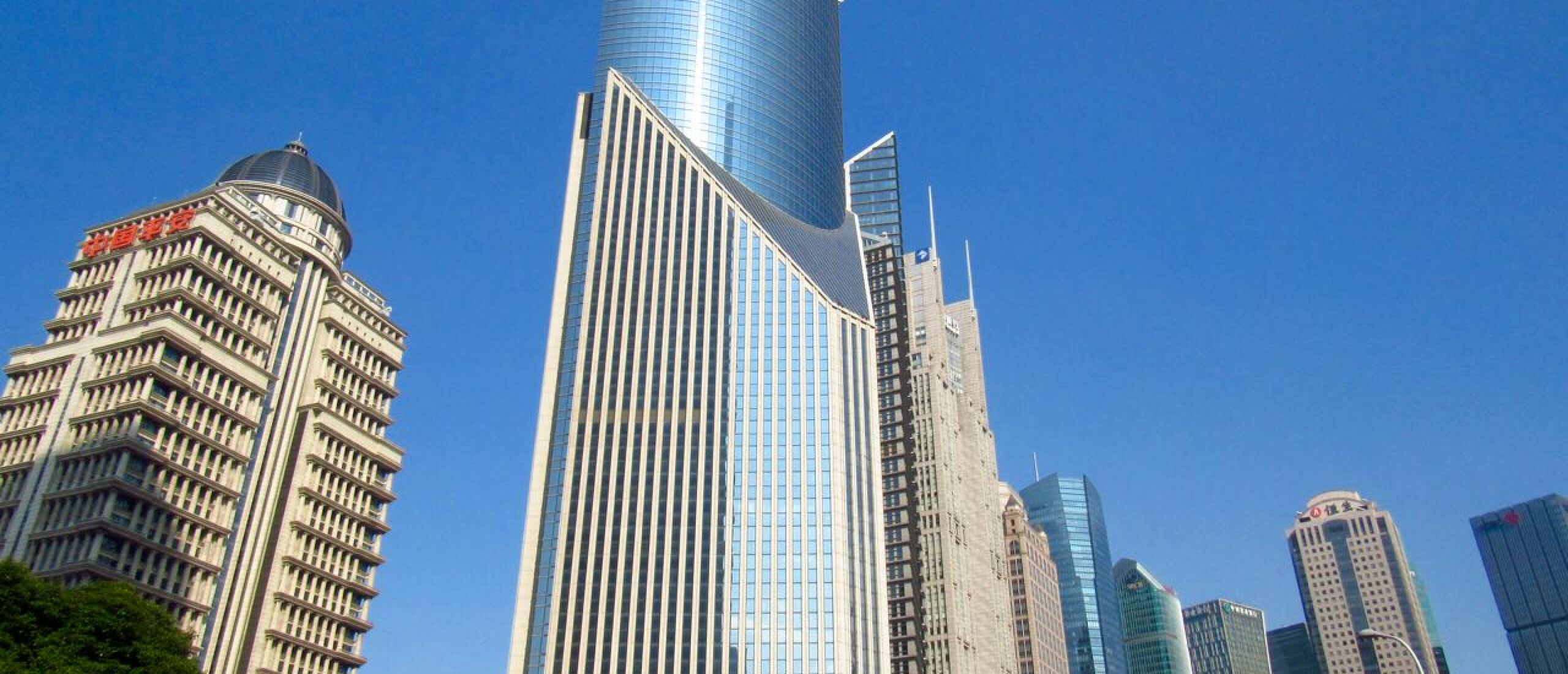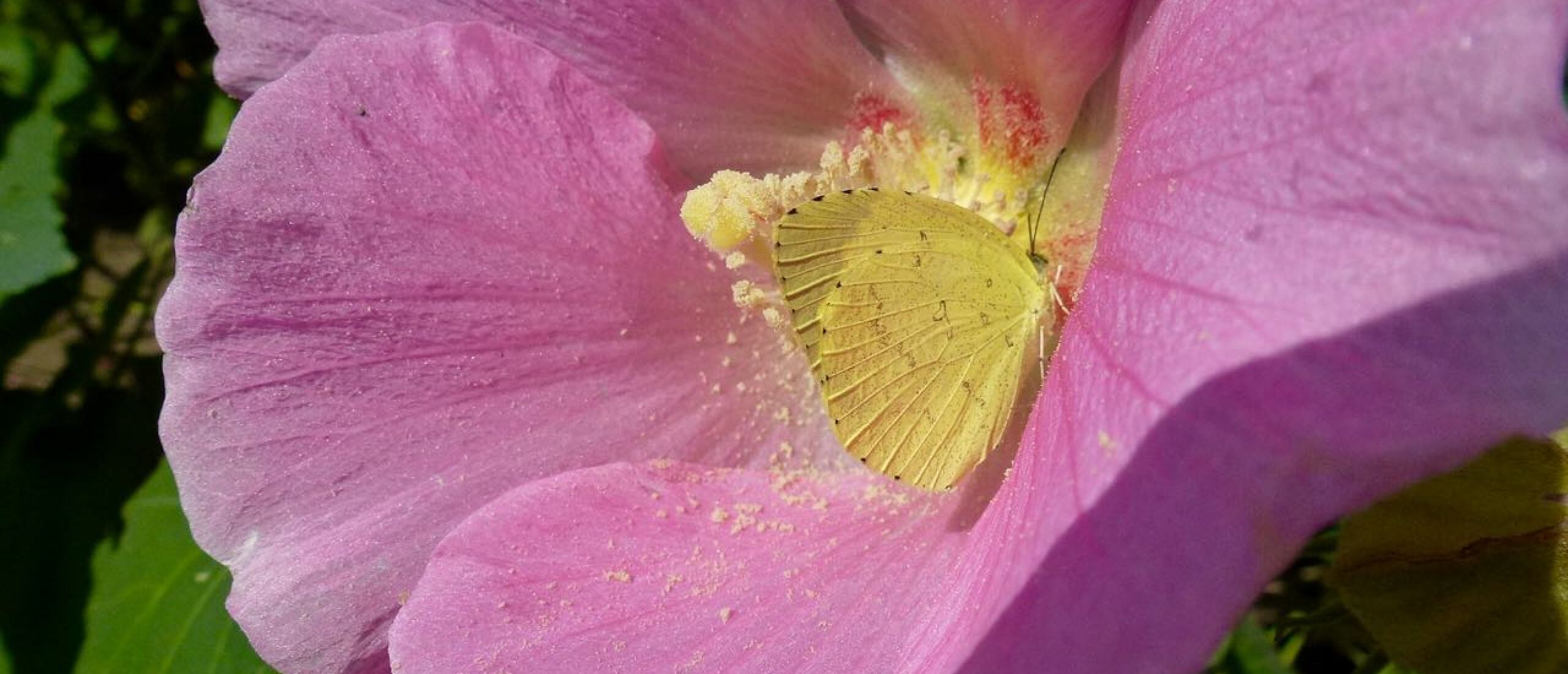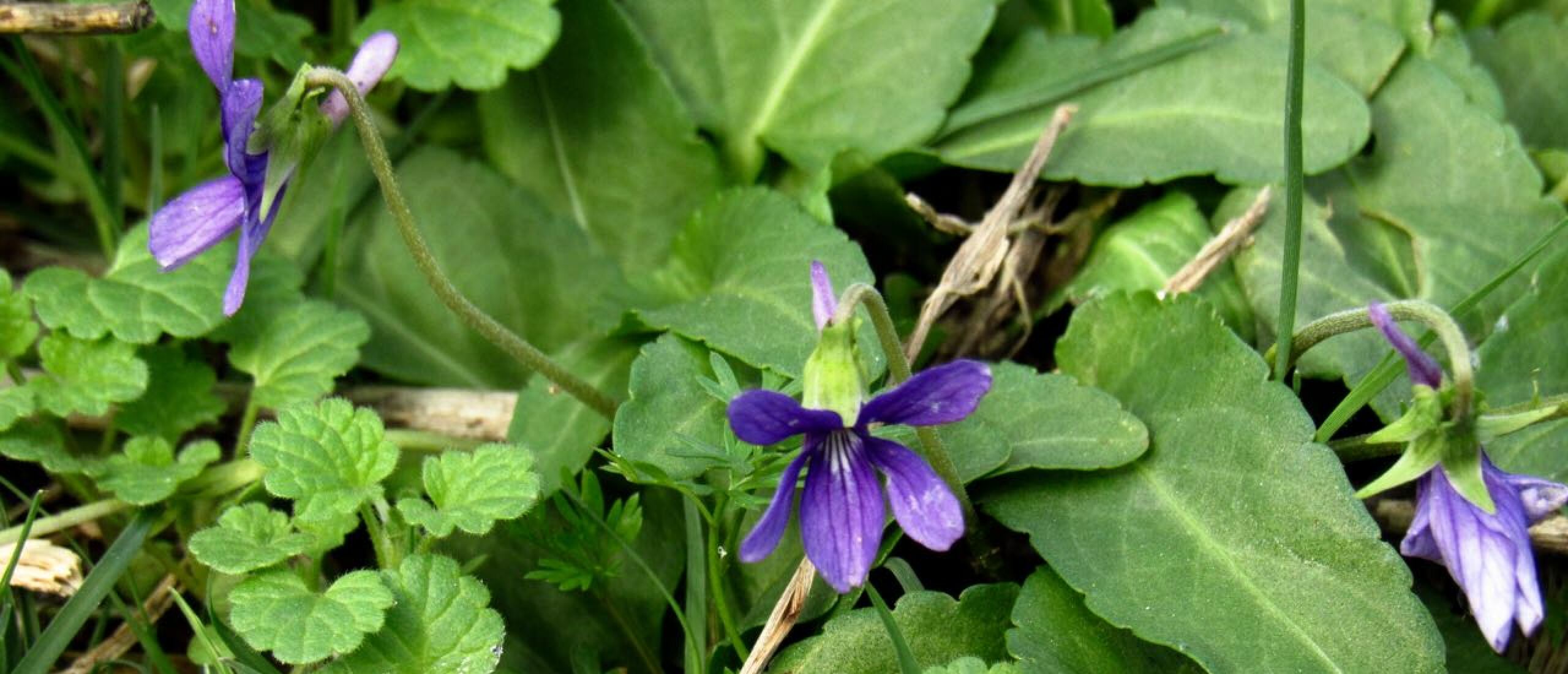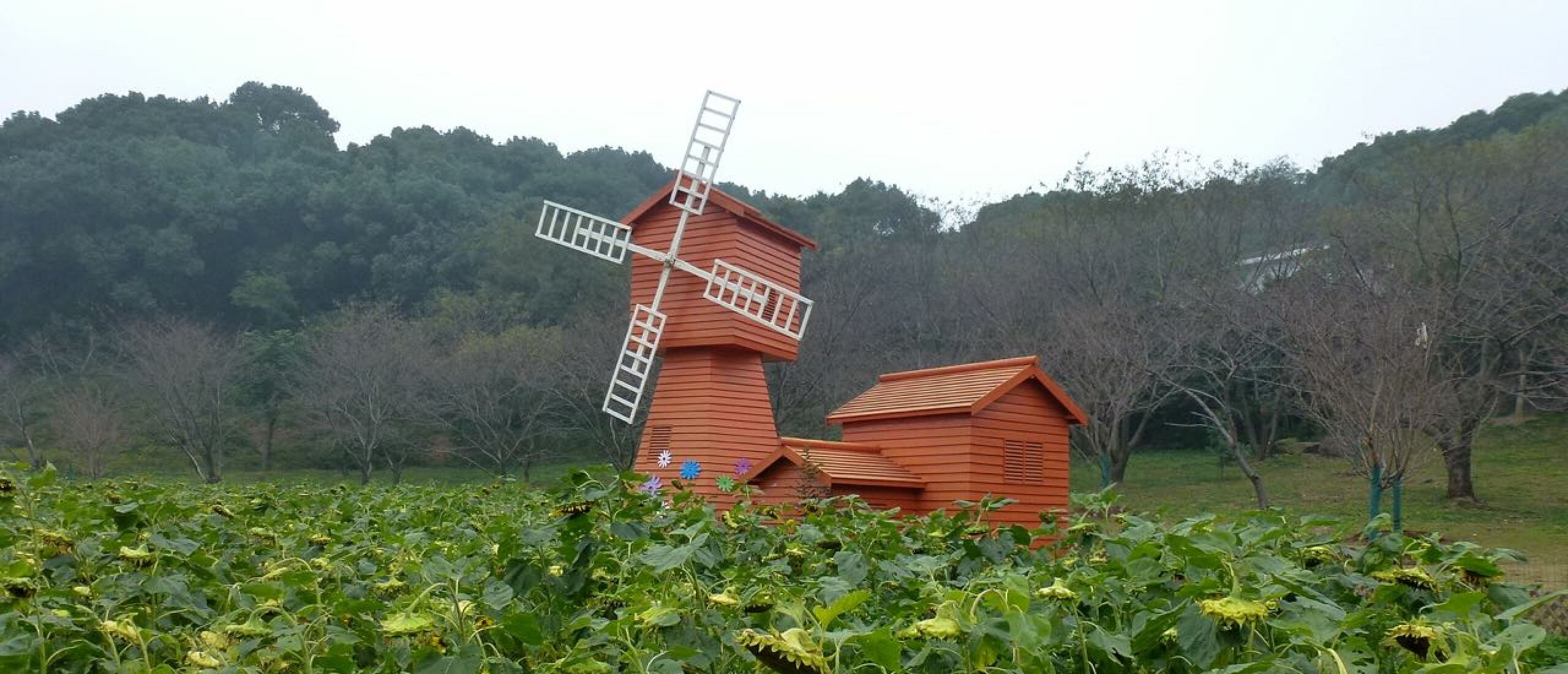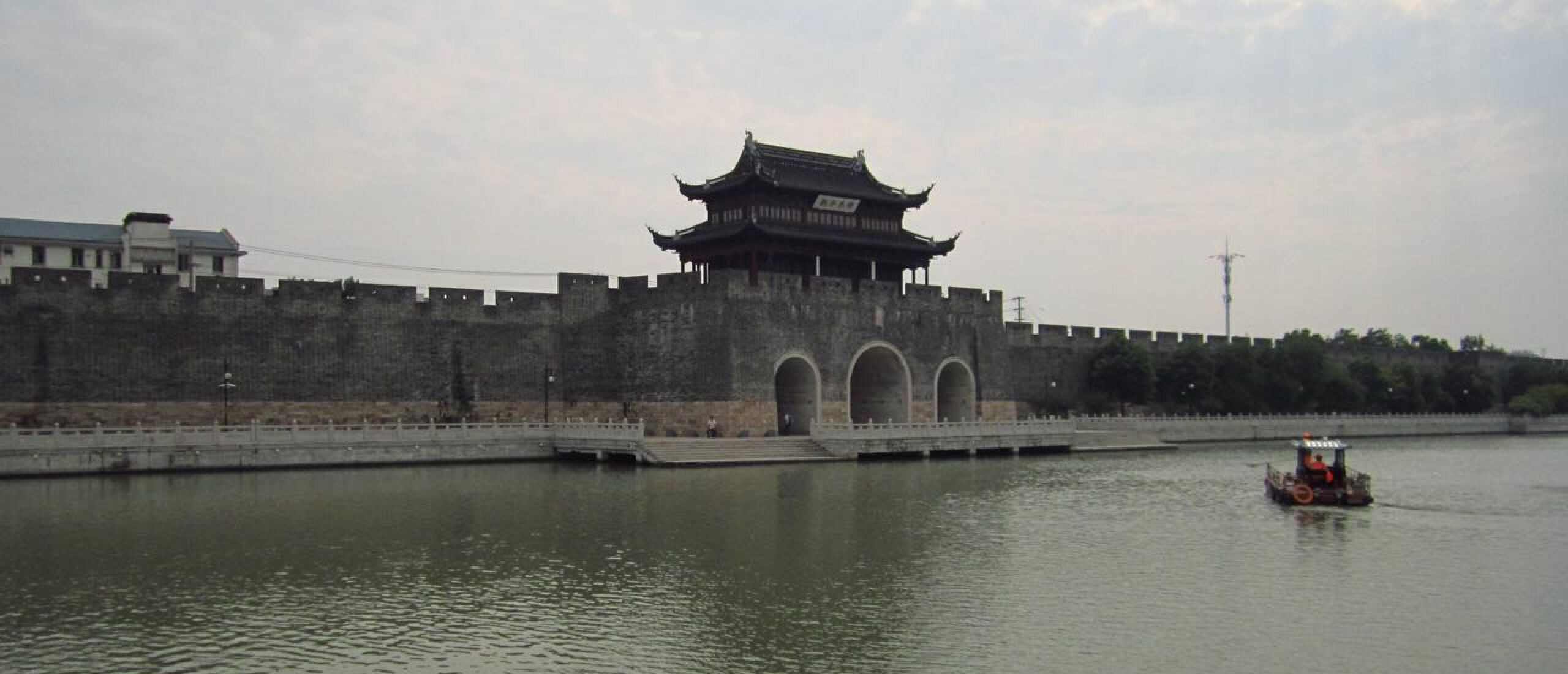
Into the Unknown Most of my blog posts to date have been based around my explorations in the footsteps of my ancestors, but this time I am venturing into areas not previously visited by relatives, at least to my knowledge. I am here on a teaching contract with Xi’an Jiaotong Liverpool University, a Sino-British joint venture in Suzhou, China, and as yet I am unsure of what awaits me. A week has passed since I reached this place, and what a week of contrasting experiences it has been. I arrived at 02.30AM on Sunday 23rd September, in torrential rain, and struggled to find the entrance to my apartment, the rain drenching my luggage in the process. Suzhou is a city of extraordinary contrasts, ranging from ancient streets and gardens in the old centre, through soaring skyscrapers in the new commercial districts, to willow-lined canals and tranquil lakes.
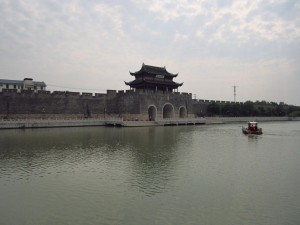 Old Suzhou is bounded by substantial walls
Old Suzhou is bounded by substantial walls
 Ancient buildings in old Suzhou
Ancient buildings in old Suzhou
 The Temple of Mystery, originally laid out between 275 and 279 AD
The Temple of Mystery, originally laid out between 275 and 279 AD
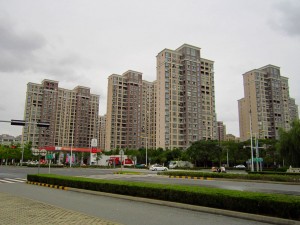 In contrast, much of the modern city looks like this
In contrast, much of the modern city looks like this
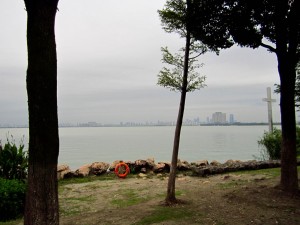 The Dushu Lake is an attractive spot in modern Suzhou
The Dushu Lake is an attractive spot in modern Suzhou
As always, I was anxious to discover the birds and butterflies of the area, but so far I have not had a great deal of luck here in the city. A Hoopoe on a lawn in the university was an unexpected highlight, and a number of interesting butterflies next to an electricity sub-station close to my accommodation provided some entertainment, especially as none of them would settle to allow me to photograph them (this is a characteristic I have noticed in many warm countries: unlike in northern Europe, where butterflies need to bask with their wings open in order to get going, here they just keep going and rarely sit).
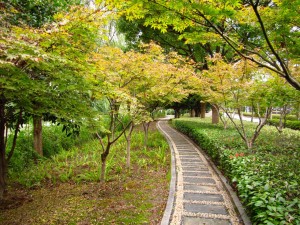 A pleasant pathway where I have seen a number of butterflies
A pleasant pathway where I have seen a number of butterflies
Yesterday I ventured away from Suzhou to check out Cape Nanhui, the easternmost point of land on the section of coast beyond Shanghai, and I was reminded of just how time-consuming birding by public transport can be. I left my accommodation at 05.30 and caught a bus to Suzhou station, arriving there just in time to catch the 07.04 bullet train to Shanghai. Here I met up with a South African birder, Shelley, and we then tackled the metro (but got on the wrong train initially), and four changes and over an hour’s journey later, we finally arrived at the terminus of the line at Dishui Lake. Here a taxi was supposed to be waiting for us, but it wasn’t, so we took another one. Birding with a taxi when one does not speak Chinese is also a challenge, but eventually, around four hours after leaving my accommodation, we finally started birding.
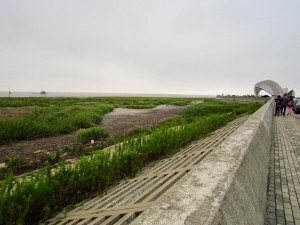 My first sight of the East China Sea, at Cape Nanhui
My first sight of the East China Sea, at Cape Nanhui
Cape Nanhui is strategically located right on the East Asian flyway, the migration route that huge numbers of migratory birds use between their breeding grounds in the high Arctic and their wintering grounds in South-east Asia or Australia. The bulk of the area is reedbeds, muddy fields and pools, but with rampant development going on, the habitats are being altered incredibly fast. One apparently particularly important reedbed, formerly home to such special birds as Reed Parrotbill and Chinese Penduline Tit, has just been drained and converted into a young forestry plantation.
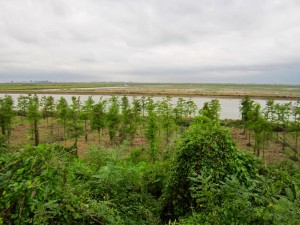 A view of the birding areas at Nanhui
A view of the birding areas at Nanhui
An astonishing feature of Cape Nanhui is the series of seven “micro-forests”. I had read about these before arriving, but I might have missed them if Shelley had not asked our lady taxi-driver to stop next to the first one. It was literally a tiny patch of acacia and other trees on the landward side of the seawall, with some scrubby undergrowth. This unprepossessing patch of vegetation, and its six companions that are ranged at short intervals as one heads northwards, provide shelter to an astonishing range of migrant birds on their way south from Siberia. We spent several hours scouring these patches of vegetation, turning up such magical birds as White’s and Siberian Thrushes, a White-throated Rock Thrush, a Swinhoe’s Red-tailed Robin, Sakhalin and Yellow-browed Warblers, as well as Asian Brown, Grey-streaked and the sublime Blue-and-White Flycatchers. Large numbers of Chinese bird photographers are attracted to these micro-forests, and they set themselves up on small stools among the trees, hoping to catch the best shots of the tired birds as they travel through. Most are well behaved, but some leave plastic trash behind them, and a few even apparently bait hooks with wriggling mealworms to lure the birds closer. Some birds have reportedly been hooked themselves, a truly awful fate. Other highlights here were a muddy sandbank in the channel just behind one of the “micro-forests”, hosting Curlew Sandpiper, Dunlin, Red-necked Stint, Broad-billed Sandpiper, Kentish and Little Ringed Plovers and a Greenshank, and a muddy construction site that produced flocks of Oriental Pratincoles, those elegant aerial masters that seem more like swallows than waders. I’m sure I shall become a regular visitor to this ornithological mecca, even though it takes more than four hours to reach!
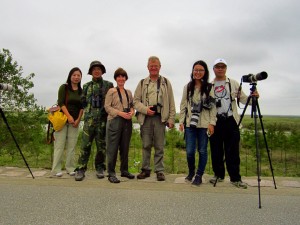 We met up with some wonderful Chinese birders at Nanhui
We met up with some wonderful Chinese birders at Nanhui
Today was mainly taken up with admin and trying to work out what I am supposed to teach when I start my classes next Monday, but I did head out on foot in the afternoon in the hope of seeing a few birds down by Dushu Lake, a beauty spot not far from the university. Instead I found myself literally surrounded by brides and grooms posing for photographs, the brides’ beautiful white dresses becoming horribly soiled on the muddy grass! The lengths people will go to for a wedding photo!
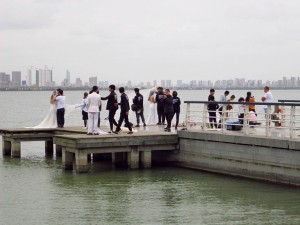 Weddings seem to be big business around here
Weddings seem to be big business around here


